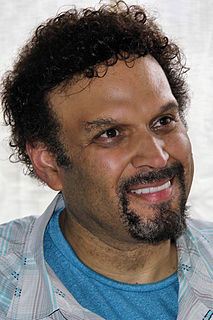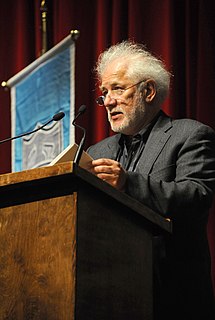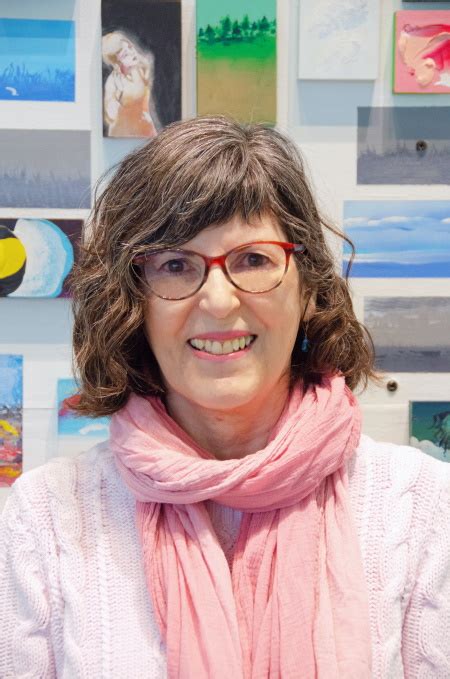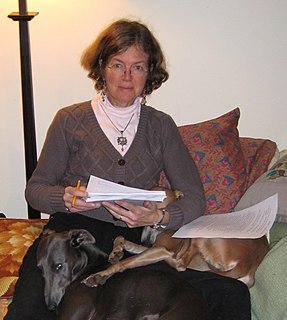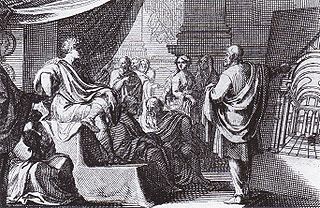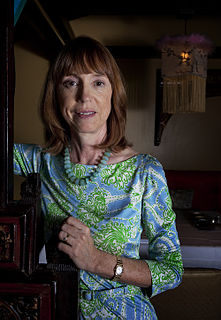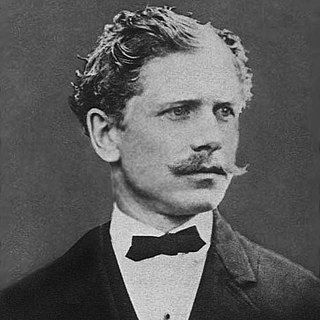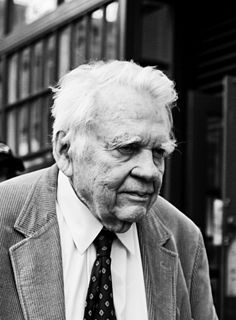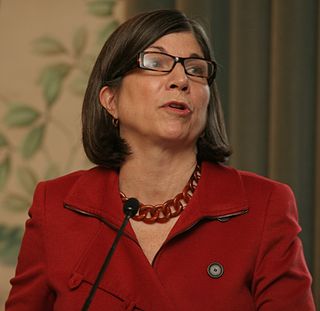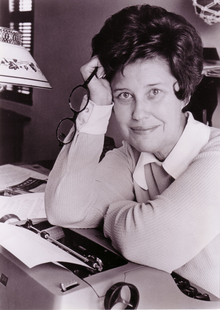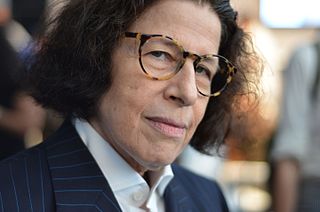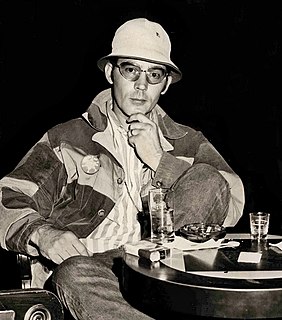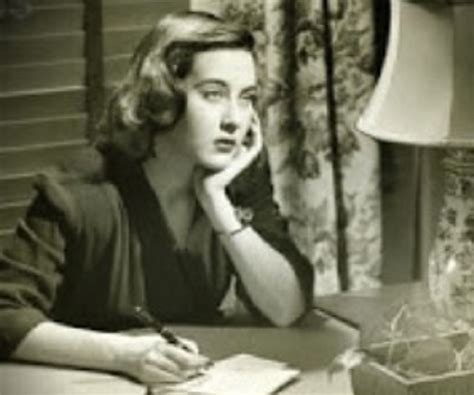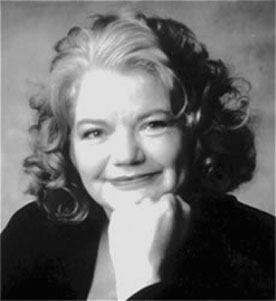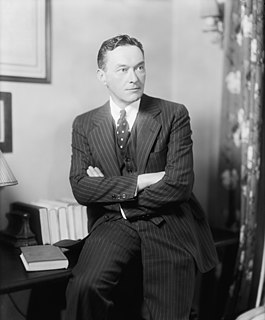A Quote by Robert James Thomson
It would be helpful to be able to see the layout and for the maps to label what exits to use to get to nearby sites/buildings so you aren't wandering the station trying to read the signs in the crowds.
Related Quotes
Japanese train signs, station signs, are really representative of the Japanese mind to me, because it always has the station where you are, the station you were previously at, and the station that is the next station. When I came to New York, I was very confused. It just doesn't say where I was and where I was going. But I realized after a while probably most people don't need to know what station you were previously at. But I think it's just some weird Japanese mentality that we need to know, we need to connect the plot.
There are so many websites I read; I look at everything from Slashdot to Ars Technica to the business technology sites, major newspapers like the 'New York Times,' and my local papers where I live, which cover the sports teams I'm involved with. There are about 20 sites we go to regularly, and I do use Twitter and Facebook as well.


